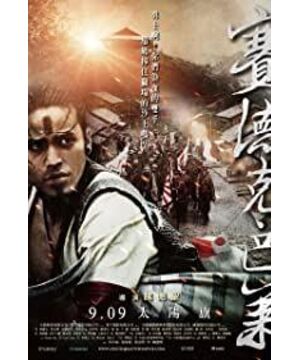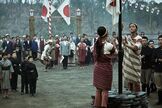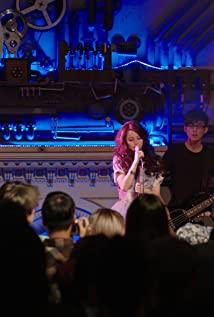The main line of contradictions in the film: civilization and barbarism. In fact, in my opinion, there is no standard by which to judge whether a way of life is barbaric or not, whether it is a modern steamship, neat clothes, a bookstore, a post office. . . Still a "backward" shotgun, barefoot, and shirtless. . . In my opinion, they are all part of human civilization, and there is no such thing as barbarism. If we insist on saying that the way of life of others is barbaric, we might as well look at ourselves first. Even if we are "civilized", we will still use "barbaric" means to achieve our goals: war, armed oppression, and black box operations. What the Japanese call "education" and "civilization" in the film, in my opinion, is just that they are forcefully imposing their own values on others. Different blood produces class differences. The final resistance is very exciting. All inequality and oppression have only one result: resistance! This should be deeply felt by us living in a country where public opinion is subject to many regulations and restrictions, right? The resistance at the back seems to be the just resistance of the "oppressed" to the "oppression", but the director has used the soft songs representing the Seediq civilization as the soundtrack very intriguingly. At the same time, a Japanese officer who admired the Seediq civilization very much cast his eyes on the Seediq tribe under his feet, with a smile on the corner of his mouth. Seeing this, it is not difficult to understand the philosophy reflected in this film: what is needed between civilizations is mutual respect, and there should be no inferiority. The result of unequal pressure is only outbreak.
View more about
Sai de ke · ba lai: Tai yang qi reviews











